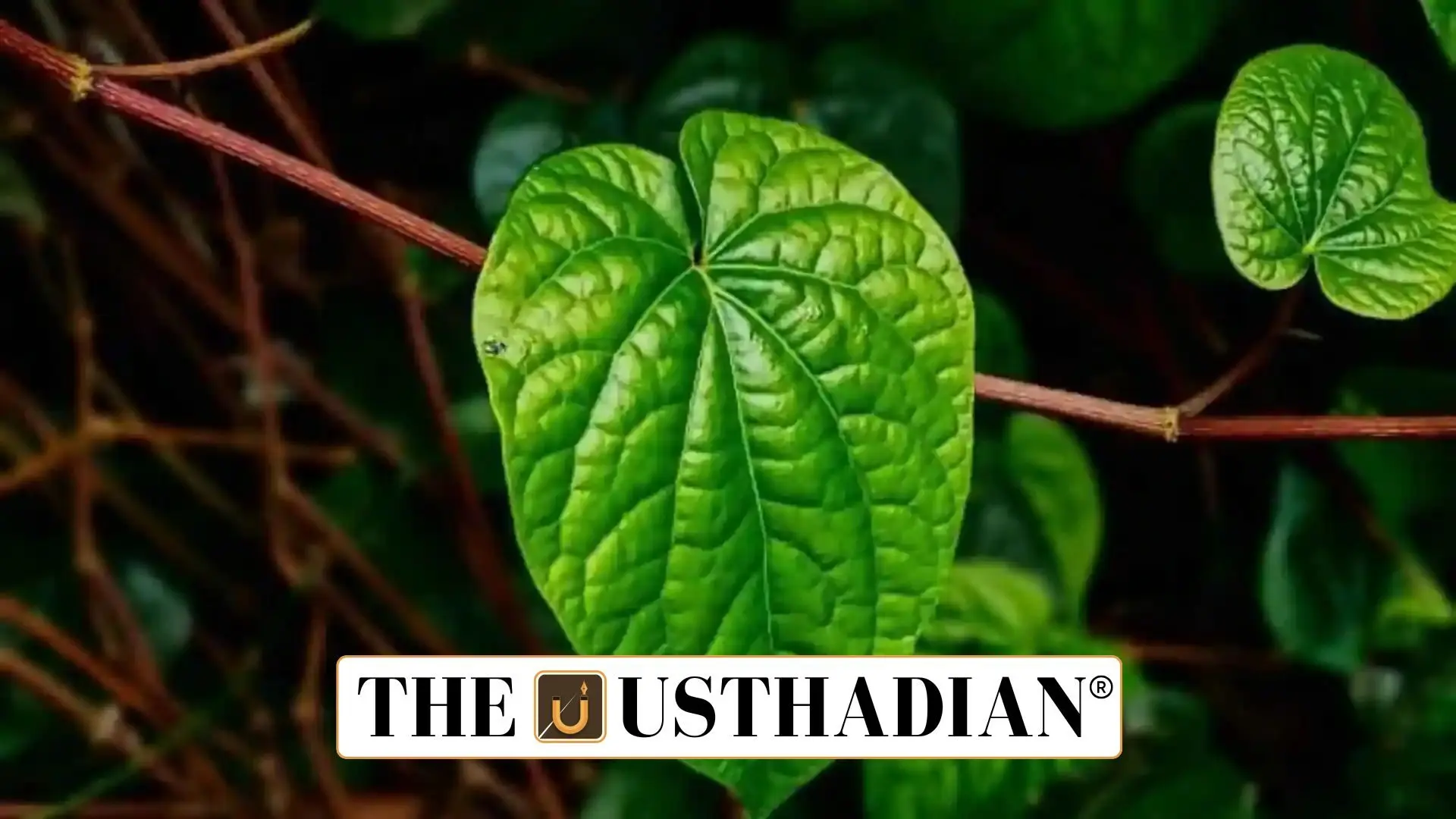A Traditional Crop in Distress
GI-Tagged Authoor Betel Leaf Battles Climate Change and Pest Outbreaks: In recent times, the renowned Authoor Betel Leaf—commonly called Authoor Vetrilai—has seen a steep drop in cultivation levels. Farmers in Authoor, Thoothukudi district of Tamil Nadu are grappling with two major challenges: intense pest infestations and erratic weather patterns. Once a stable source of livelihood and pride, this agricultural practice is now struggling for survival.
Vulnerability to Climate Variations
The success of betel leaf farming is closely tied to climatic conditions. Even minor fluctuations in humidity, rainfall, or temperature can significantly reduce crop quality and yield. According to local cultivators, recent shifts like delayed monsoons and extended dry periods have weakened plant health, making them more prone to disease and pest attacks.
Recognised Uniqueness and Local Practices
In 2022, the Authoor betel leaf earned a Geographical Indication (GI) tag, acknowledging its distinct alkali-rich flavour and mild sharpness. This signature taste is a result of the region’s soil profile, favourable micro-environment, and an age-old irrigation technique known as Thenkaal Pasanam. This traditional system draws water from a branch canal of the Tamirabarani River, enriching the plants and sustaining their lush appearance and flavour profile.
Diversity and Demand Beyond Borders
Farmers in Authoor cultivate six primary varieties of betel leaves — namely Chakkai, Maathu, Payirraasi, Mudhukaalraasi, Payirsadha, and Mudhukaal. Among these, the Chakkai and Maathu types are especially popular and are widely exported to northern parts of India. These leaves are appreciated for their smooth texture, chewiness, and strong traditional association with rituals and social customs.
Socio-Economic and Cultural Impacts
The shrinking area under cultivation has not only hurt local incomes but also threatens the cultural legacy of betel leaf farming in Authoor. As more farmers abandon the crop due to rising risks and inconsistent returns, urgent steps are needed. Strategies like climate-resilient farming, pest control technologies, and better market linkages could help revive this valuable tradition and safeguard rural livelihoods.
STATIC GK SNAPSHOT
GI-Tagged Authoor Betel Leaf Battles Climate Change and Pest Outbreaks:
| Feature | Details |
| Region | Authoor, Thoothukudi, Tamil Nadu |
| Crop | Betel Leaf (Authoor Vetrilai) |
| GI Tag Year | 2022 |
| Key Irrigation | Thenkaal Pasanam (Tamirabarani Canal) |
| Unique Taste | Alkali-rich, mildly pungent |
| Main Varieties | Chakkai, Maathu, Payirraasi, Mudhukaalraasi, Payirsadha, Mudhukaal |
| Export Focus | Northern Indian States |
| Current Concern | Pest damage and changing climate |








